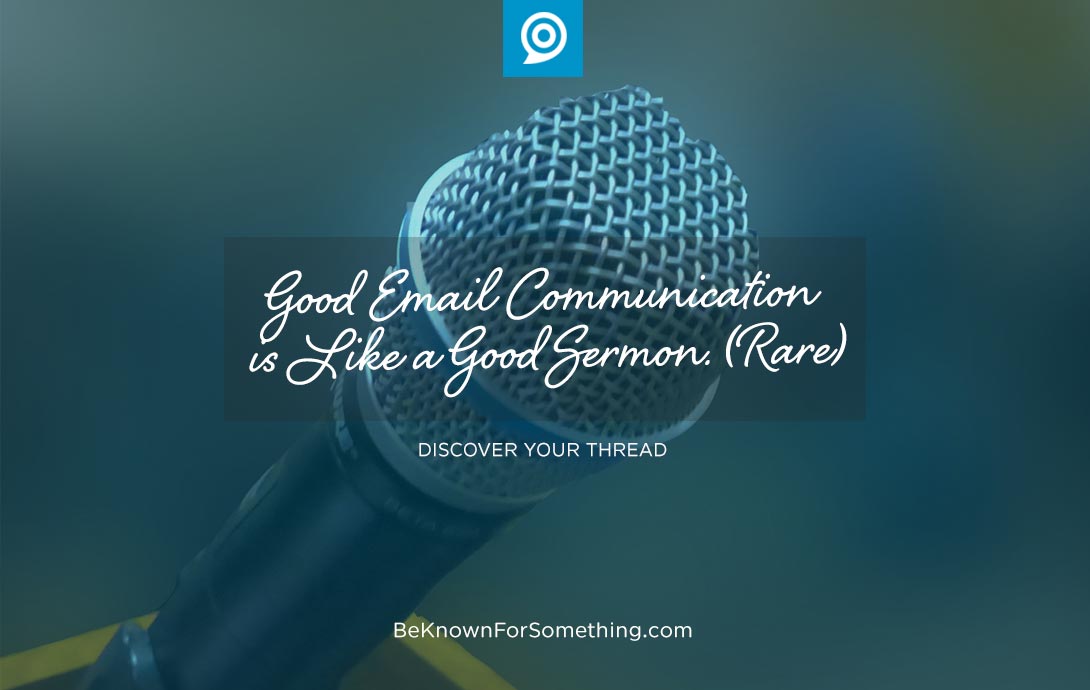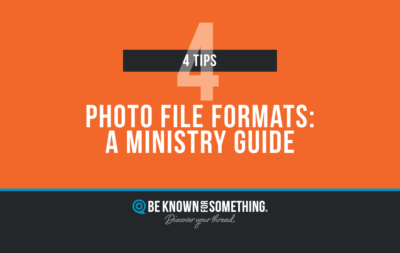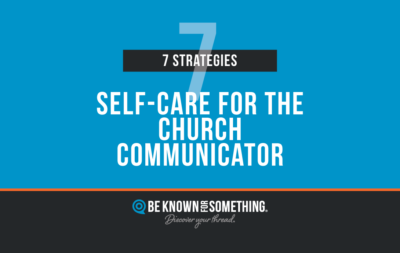You want people to read your emails. They’re important! But every day we’re bombarded with emails that we don’t fully read. Most are desperately trying to get your attention and: inform you, entertain you, or lead you to something you need.
But emails only work if they can get your attention.
Since we receive dozens or hundreds of emails a day (I got 112 yesterday), we often don’t dedicate much time to them. The delete button is begging you to click it.
What makes someone read an email? Often who the email’s from or if the subject is interesting or critical. Much like a sermon! Often, we’re critical of a Pastor’s ability to deliver a sermon but we must realize that all of our communication (including email and sermons) must follow these 6 tips:
- Who it’s from is critical. The “from” is correct. A person usually gets attention faster than an organization. Person-to-person discussion is rarely rejected. Bonus: don’t think they know who you are? Give a short, relevant introduction at the first of your communication.
- Keep it short. No one appreciates long-winded anything. Use only the amount of words necessary. Edit. Edit. Edit. Bonus: remove every non-essential word, and adding bullet points will make it easier to comprehend.
- Timing is everything. I’ve sat through sermons when I’m tired and remembered very little. An email received during a busy time of day will be the same. Bonus: watch open data and response rates to discover when your audience is willing to receive email. Adjust accordingly.
- An illustration is worth a thousand words. Most people learn visually. Stop using a thousand words when a photo or illustration will gain more attention. Much more. Bonus: a link to a video may even work better. Try it with your audience (just assure them the video is brief)!
- Make it quickly about “them”. Effective communication is less about you and more about them. Similar to a greatly relatable story that fronts a sermon, make sure your email contains something at the beginning that demonstrates you know who they are and why they need to continue. Bonus: make it about their concerns, needs, or pains, alluding to the fact you have an answer contained later in the message!
- Build to an obvious call-to-action. Always wonder if you’ve answered the “so what?!” question that most will ask as they scan your communication. Be clear with an actionable item at the end. Bonus: make it a PS and you’ll gain even more people’s attention. This is akin to asking people to respond to an invitation at the end of a service. You’ll rarely get a response unless you clearly ask.
Your communication is critical (or stop trying to communicate it). Do it exceptionally well and people will listen and respond. Stop blaming “them” for not reading — the power is in you to make it better.




